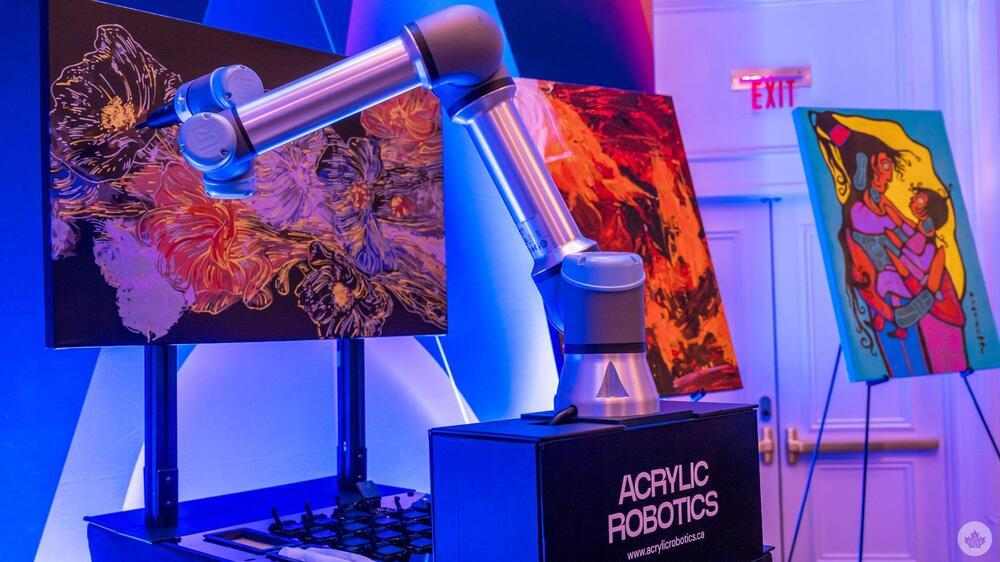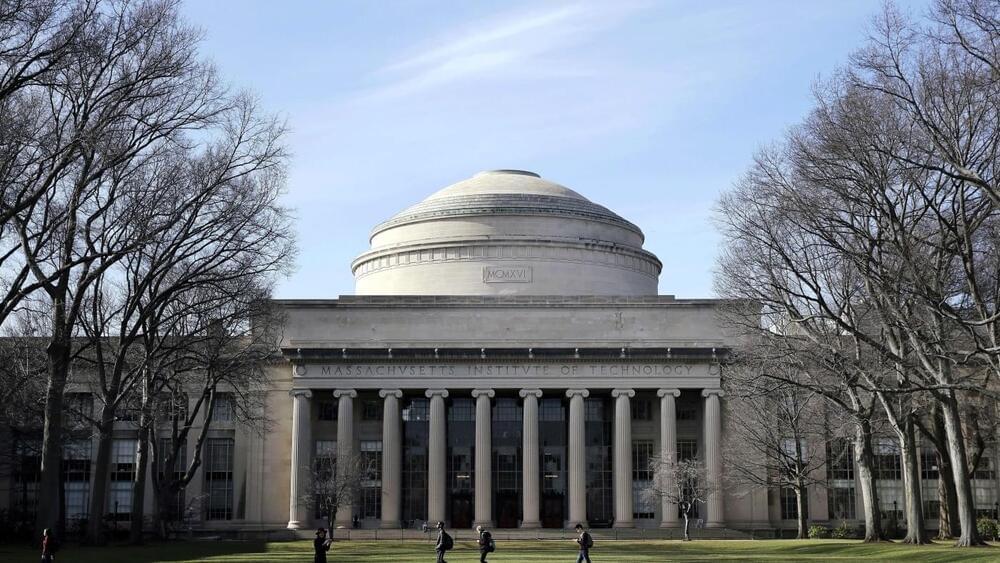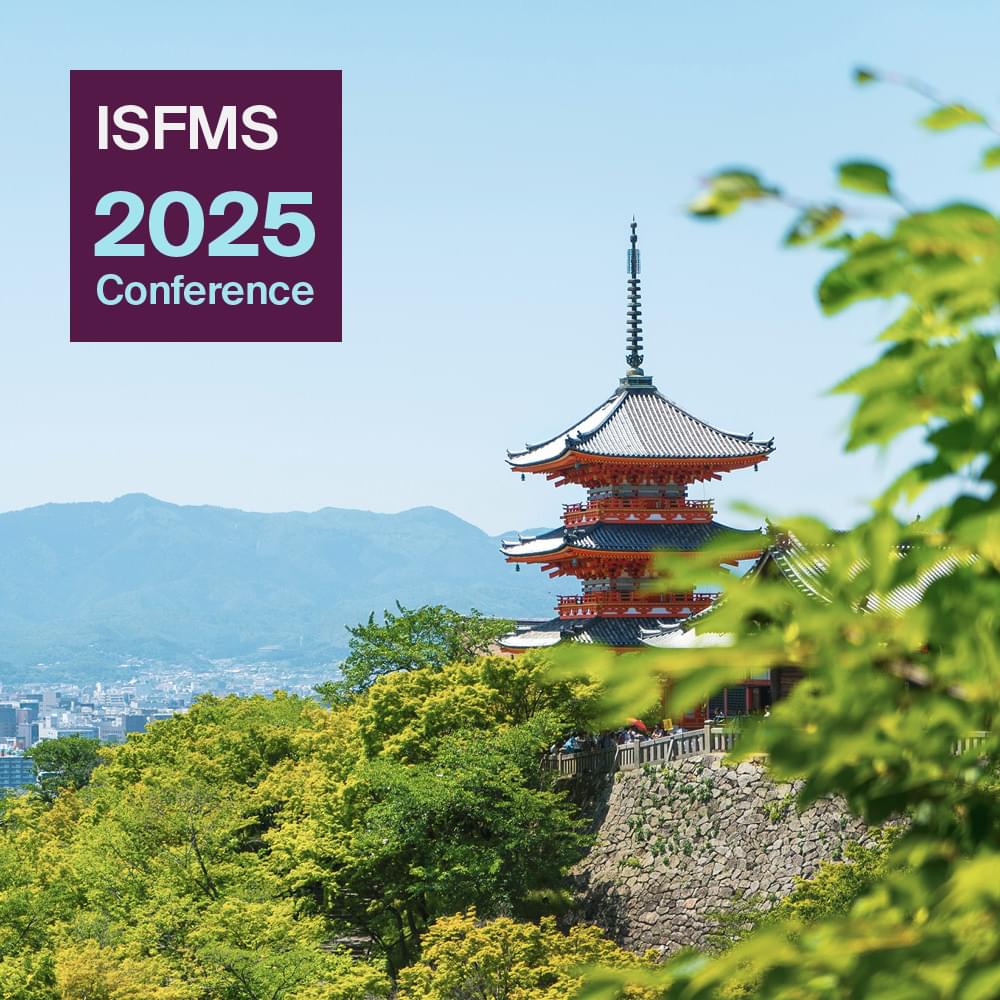Montreal-based Acrylic Robotics is utilizing a robot’s arm to paint fine art on canvas using AI software that emulates the actual painter’s brush strokes.
The startup showcased its technology with demos at AWS re: Invent, Amazon’s cloud service conference held in Las Vegas, where an AI robot dutifully worked on a painting, or “Auragraph,” live. Holding a brush, it would carefully dip into the different pools of acrylic paint below and then position the brush to apply a stroke at just the right spot.
In a sense, it felt a little like watching an automated assembly, only in a very obvious artistic context. Acrylic Robotics is trying to meld the worlds of artificial intelligence, engineering, robotics and art into a practical form of production. The idea is not to just produce replicas of an artist’s pieces, but to also bring digital creations to canvas without resorting to simple prints. At the same time, the company’s ethical approach is to ensure artists get paid for what they create.






